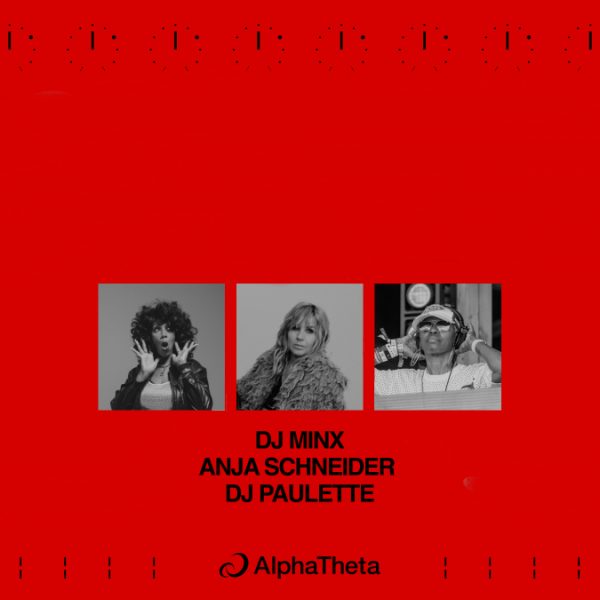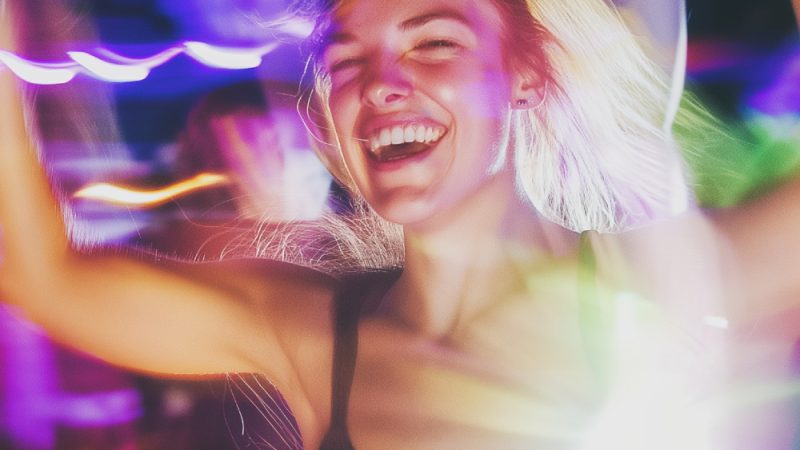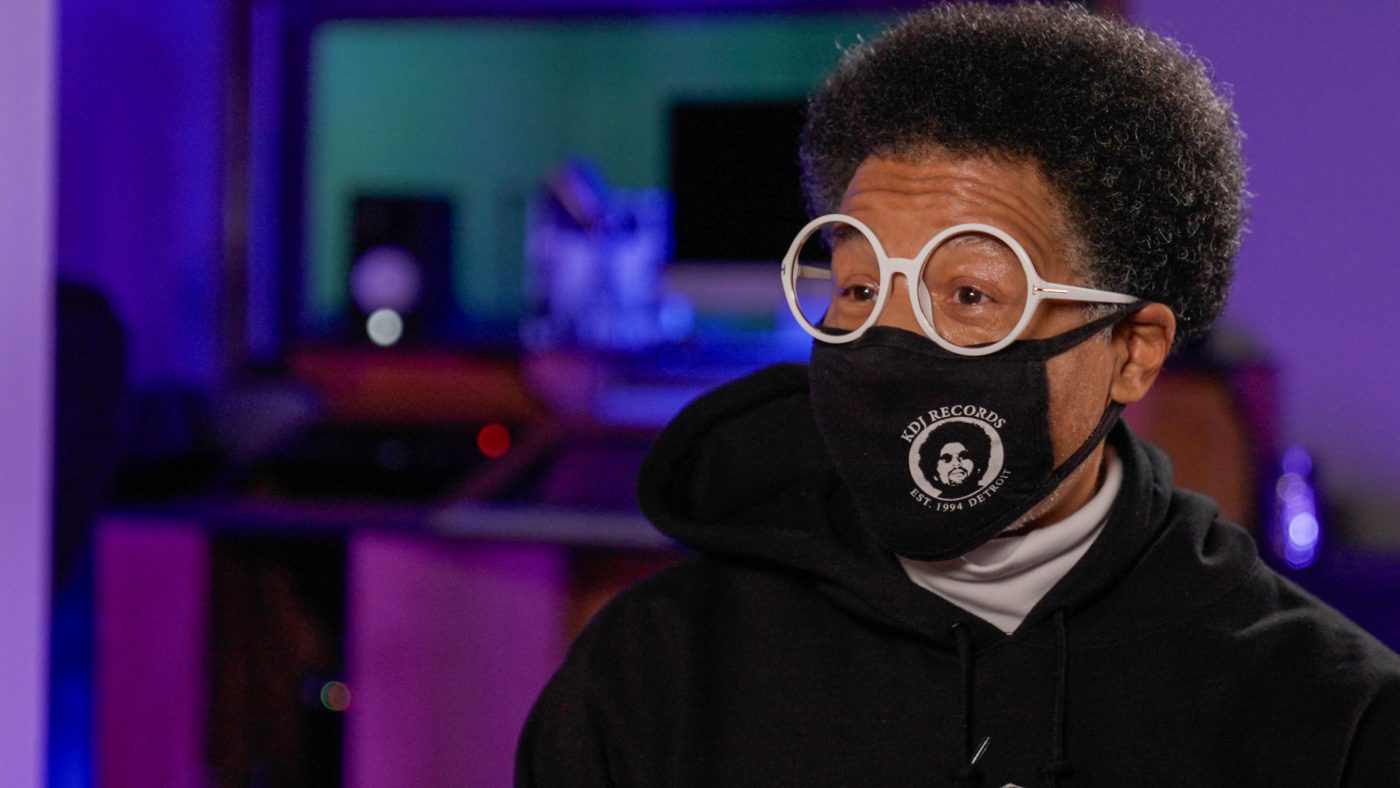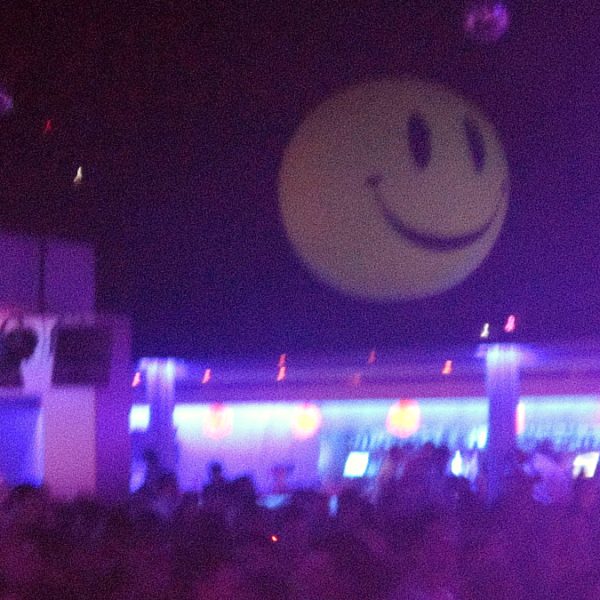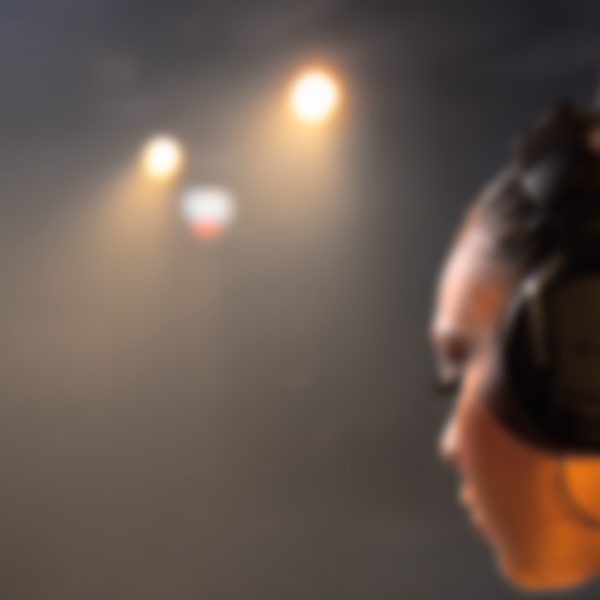Earlier this month we released We Become One, a feature-length film that explores the timeless power of shared musical experiences. Kikelomo Oludemi, a DJ, producer and curator, travelled to six countries to meet experts and industry figures in an attempt to answer some of music’s deepest questions. Among many other fascinating insights, Kike learns why exactly people connect so profoundly through music, and how the human brain uses sound to create euphoria, reduce stress, and create a universal “language.”
With We Become One running at just over 60 minutes, we wanted to jump into some of the film’s key ideas in a bitesize format.
Music as a tool for human connection and social bonding
Why does music feel so good when we share it with others? We Become One opens with a powerful premise: that music is one of the best tools we have for building human connection. From the moment humans started making sounds, we’ve used them not just to express ourselves, but to create shared meaning and strengthen social ties.
According to the neuroscientist and best-selling author Daniel Levitin, music taps into ancient mechanisms designed to help us feel connected. “Singing together releases a brain chemical called oxytocin,” he explained, “that helps you feel bonded and part of something bigger than you.” So this is not just a poetic idea, but a biological truth. When we sing or dance in unison with others, our brains and bodies respond by creating feelings of closeness, empathy, and trust.
This is especially clear on the dance floor, where movement and rhythm create instant community—even among strangers. Neuroscientist Julia Basso described how group dancing lights up “the whole social network of brain areas,” creating a kind of neurological group chat that draws us closer. It’s not just that music makes us feel good; it makes us feel good together.
“Community is everything,” said the Detroit legend Moodymann. “You know, it made me who I am… It’s universal. Everybody knows a good rhythm when they hear a good rhythm, you know? You don’t need to be educated. You don’t need to be black, yellow. You don’t need to be dumb or smart. Anybody can catch a rhythm.”
From underground raves in Berlin to street parties in Accra, shared musical experiences create bonds across social, political, and cultural lines. In the words of the author Jamie Wheal, “We are kin for at least as long as the music plays.” That kinship is one of the reasons dance floors can feel so meaningful and transformative.
